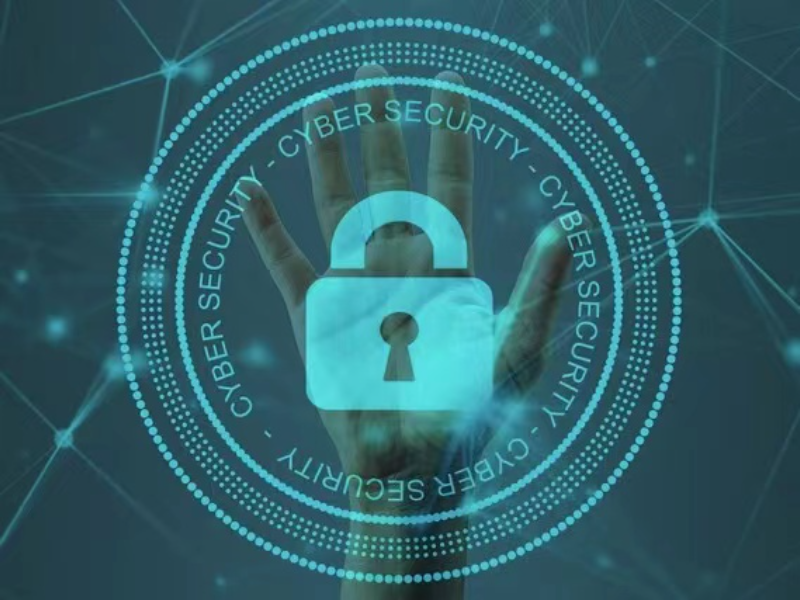- There are many ways to ensure network security, among which traditional methods such as firewalls and encryption are often compared with AI techniques.
- Combining traditional methods with AI’s advanced capabilities can create a multi-layered security strategy that addresses a wide range of threats.
In the digital age, protecting sensitive information from cyber threats is paramount. With the rise of AI, there is an ongoing debate about whether AI can outperform cyber security measures. This article will compare the two approaches and find out how they can be utilised effectively to safeguard digital assets.
Traditional measures in cyber security
In the past decades, traditional cyber security measures have been the backbone of protecting digital infrastructures. These measures include firewalls, antivirus software, intrusion detection systems (IDS), and encryption. Different measures protect cyber security through their unique ways. For example, firewalls act as gatekeepers, controlling incoming and outgoing network traffic based on security rules.
However, their effectiveness is limited by their reliance on predefined rules and signatures, which can only protect against threats that have already been identified and catalogued.
Also read: Cracking the code: Spam vs. phishing
Functions of AI in cyber security
AI brings a new dimension to cyber security by leveraging machine learning algorithms and data analytics to identify and respond to threats. Unlike traditional measures, AI can analyse vast amounts of data in real time, learning from patterns and behaviours to detect anomalies that may indicate a security breach. This capability allows AI to identify new, previously unknown threats that traditional methods might miss.
One of the significant advantages of AI in cyber security is its ability to automate threat detection and response. AI systems can quickly analyse and respond to potential threats, reducing the time it takes to mitigate risks. Additionally, AI can adapt to evolving threats, continuously improving its detection capabilities without the need for manual updates.
Differences between AI and traditional measures in cyber security
While AI offers several advantages over traditional cyber security measures, it is not a complete replacement. Traditional measures still play a crucial role in a comprehensive security strategy. Firewalls and antivirus software are typical examples, providing a first line of defence and blocking many common threats before they can reach critical systems.
Also read: Private wireless network vs WIFI
On the contrary, AI excels in dealing with more sophisticated and emerging threats. Its ability to process large volumes of data and detect patterns that human analysts might miss makes it an invaluable tool in modern cyber security. However, AI systems are not infallible. They can be prone to false positives, flagging benign activities as threats, which can lead to unnecessary disruptions and wasted resources.
Moreover, implementing AI in cyber security requires significant investment in technology and expertise. Organisations need skilled professionals to develop, manage, and interpret AI-driven security systems. This requirement can be a barrier for smaller organisations with limited resources.
AI and traditional measures in cyber security, each have their strengths and weaknesses. Traditional methods are effective against known threats and provide a stable foundation for a security strategy. AI offers advanced capabilities in detecting and responding to new and complex threats, bringing a dynamic edge to cyber defence. Rather than viewing AI and traditional cyber security methods as mutually exclusive, organisations should aim to integrate both approaches.

